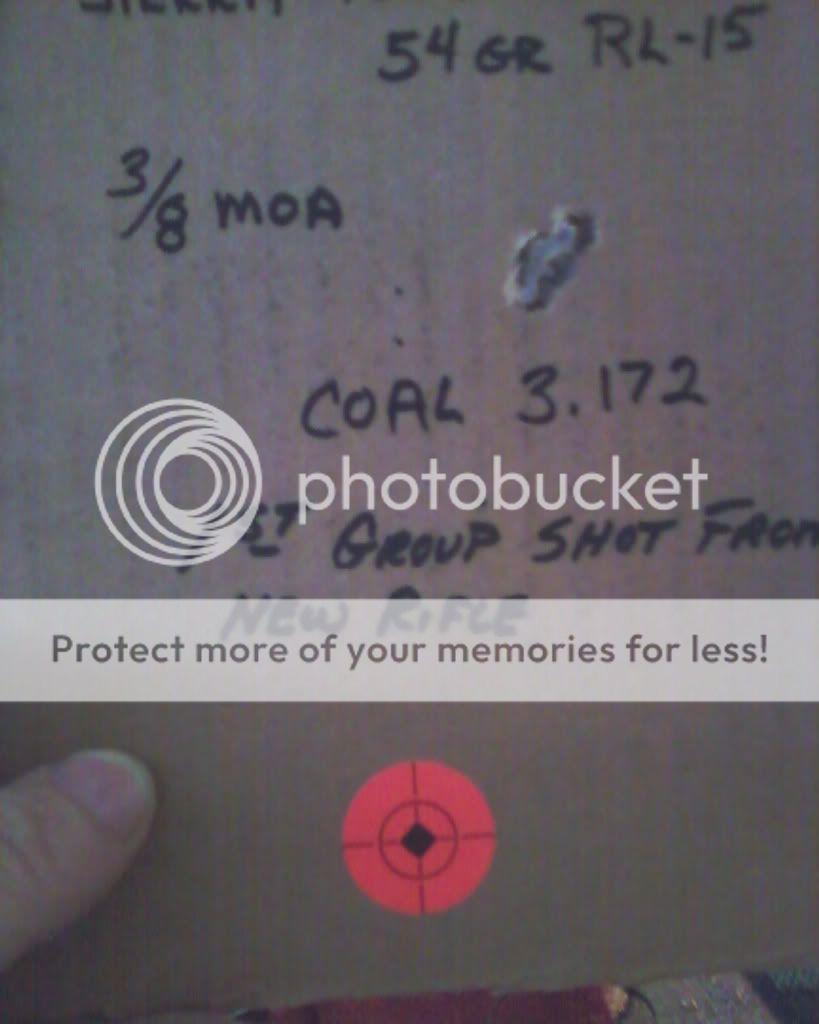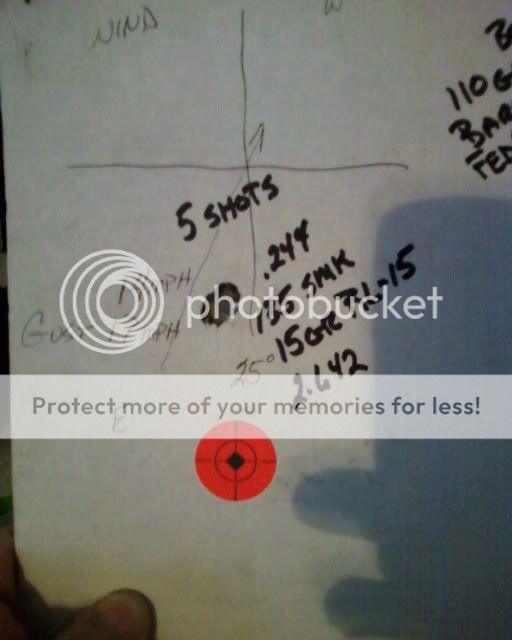woods
Well-Known Member
IMO it is not the firing pin striking the primer that creates the most effect in the chamber it is the jetting action of the primer itself on the inside of the primer pocket. I did a test on a case that was sized to fit tightly in the chamber and an inert primer. After the firing pin impact there was no change in the headspace of the case. On an identical case tightly formed to the chamber but with a live primer the headspace was reduced .002" to .003" at the shoulder.
So the firing pin strike moves the case forward with some force but the real force is the primer pushing against the inside of the primer pocket. Some of the force of course exits through the flash hole to ignite the powder.
Easy test to do
So also IMO, full length or neck sized, the case will be forced forward and rely on the shoulder slope to chamber slope to determine final position in the chamber when firing. But full length will progressively thin the case at the pressure ring so I like as little headspace on a sized case as possible. But also like a case body that is sized so as to not interfere with the centering action of the case shoulder slope to chamber shoulder slope.
So the firing pin strike moves the case forward with some force but the real force is the primer pushing against the inside of the primer pocket. Some of the force of course exits through the flash hole to ignite the powder.
Easy test to do
So also IMO, full length or neck sized, the case will be forced forward and rely on the shoulder slope to chamber slope to determine final position in the chamber when firing. But full length will progressively thin the case at the pressure ring so I like as little headspace on a sized case as possible. But also like a case body that is sized so as to not interfere with the centering action of the case shoulder slope to chamber shoulder slope.




